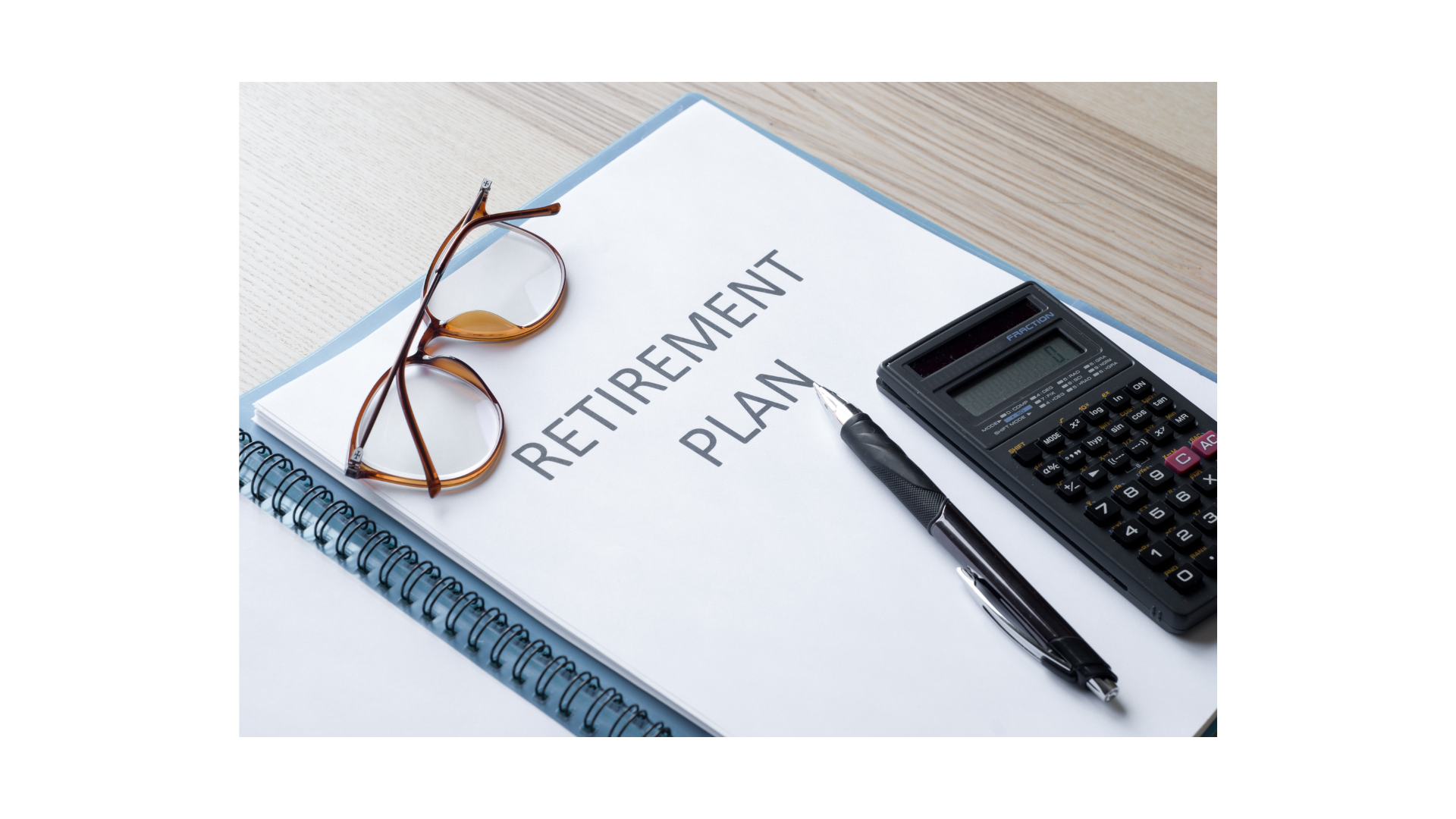Taking a Hike
Four ways interest Rate Hikes Can Affect Your Finances
Unless you live on another planet, you are fully aware of this thing called inflation — whether you’re at the grocery store, a gas station, buying clothes online, hiring a contractor or doing almost any other thing that requires spending money for something. Earlier this year, the Federal Reserve started raising interest rates to rein in inflation, which reached another 40-year high in June. By raising rates, the Fed hopes to slow the economy and inflation. That’s because as borrowing becomes more expensive, consumers tend to reduce spending. The drop in demand for goods eventually leads to lower prices.
The Fed doesn’t set interest rates on credit cards, mortgages, auto loans, and savings accounts, but its actions influence those rates. Here are four ways interest-rate hikes can affect your finances and how to deal with the impact:
1. Credit Cards
Most cards charge a variable rate that’s tied to the bank’s prime rate — the rate banks charge their best customers (many consumers pay an additional rate on top of prime, based on their credit profile.) Banks typically raise their prime rate quickly after the Fed boosts its key rate. HIKING TIP: It may take a couple of statements before you notice the impact of a rate increase. Start paying down any balance before rates get much higher, focusing on the card with the highest rate first.
2. Mortgages
If you have a fixed-rate mortgage, your monthly payments will stay the same. If you refinanced over the last few years and locked in a rate in the 2% to 3% range, that was really good timing. However, if you have an adjustable-rate mortgage (ARM), you may be faced with having to make larger payments, depending on the terms of your loan. HIKING TIP: If you have an ARM, budget for higher payments. Or, if you anticipate buying a home within the next year or two, take steps to improve your credit score so you can secure a lower interest rate.
3. Home Equity Line of Credit
This allows you to borrow against the equity in your home as needed, usually at a variable interest rate. Borrowers typically pay only interest on the amount borrowed for the first 10 years, and thereafter must repay interest and the principal over the next, say, 15 or 20 years. Your Home Equity Line of Credit (HELOC) rate can adjust monthly or quarterly. So, if you have an outstanding balance, your payments will likely go up when the Fed implements a rate hike. HIKING TIP: If you have a HELOC, budget for higher payments. You can also pay down your HELOC balance to reduce the interest you pay, or talk to your lender about options, such as refinancing.
4. Auto Loans
It’s already more expensive to buy a new or used car, as their prices have increased dramatically over the last two years. This is due to a number of reasons that have resulted in supply not keeping up with demand. Unfortunately, if you’re planning on financing the purchase of a vehicle in the near future, you’ll need to add in the higher cost of borrowing. HIKING TIP: Make a down payment of at least 20% of the purchase of a new car, and no less than 10% for a used car. A sizable down payment will lower your monthly payments and could help secure a lower interest rate.
This material was created for educational and informational purposes only and is not intended as ERISA, tax, legal or investment advice. If you are seeking investment advice specific to your needs, such advice services must be obtained on your own separate from this educational material.
Kmotion, Inc., 412 Beavercreek Road, Suite 611, Oregon City, OR 97045; www.kmotion.com
©2022 Kmotion, Inc. This newsletter is a publication of Kmotion, Inc., whose role is solely that of publisher. The articles and opinions in this newsletter are those of Kmotion. The articles and opinions are for general information only and are not intended to provide specific advice or recommendations for any individual. Nothing in this publication shall be construed as providing investment counseling or directing employees to participate in any investment program in any way. Please consult your financial advisor or other appropriate professional for further assistance with regard to your individual situation.


Iowa
4200 University Avenue, Suite 200
West Des Moines, IA 50266
800-677-1529
Securities offered through LPL Financial, Member FINRA/SIPC. Investment advisory services offered through Global Retirement Partners, LLC dba AssuredPartners Financial Advisors, an SEC registered investment advisor. AssuredPartners Financial Advisors and LPL Financial are separate non-affiliated entities.
GRP Advisor Alliance is an independent network of retirement plan focused advisors. GRP Advisor Alliance is not affiliated with or endorsed by LPL Financial.
The financial professionals associated with LPL Financial may discuss and/or transact business only with residents of the states in which they are properly registered or licensed. No offers may be made or accepted from any resident of any other state.









